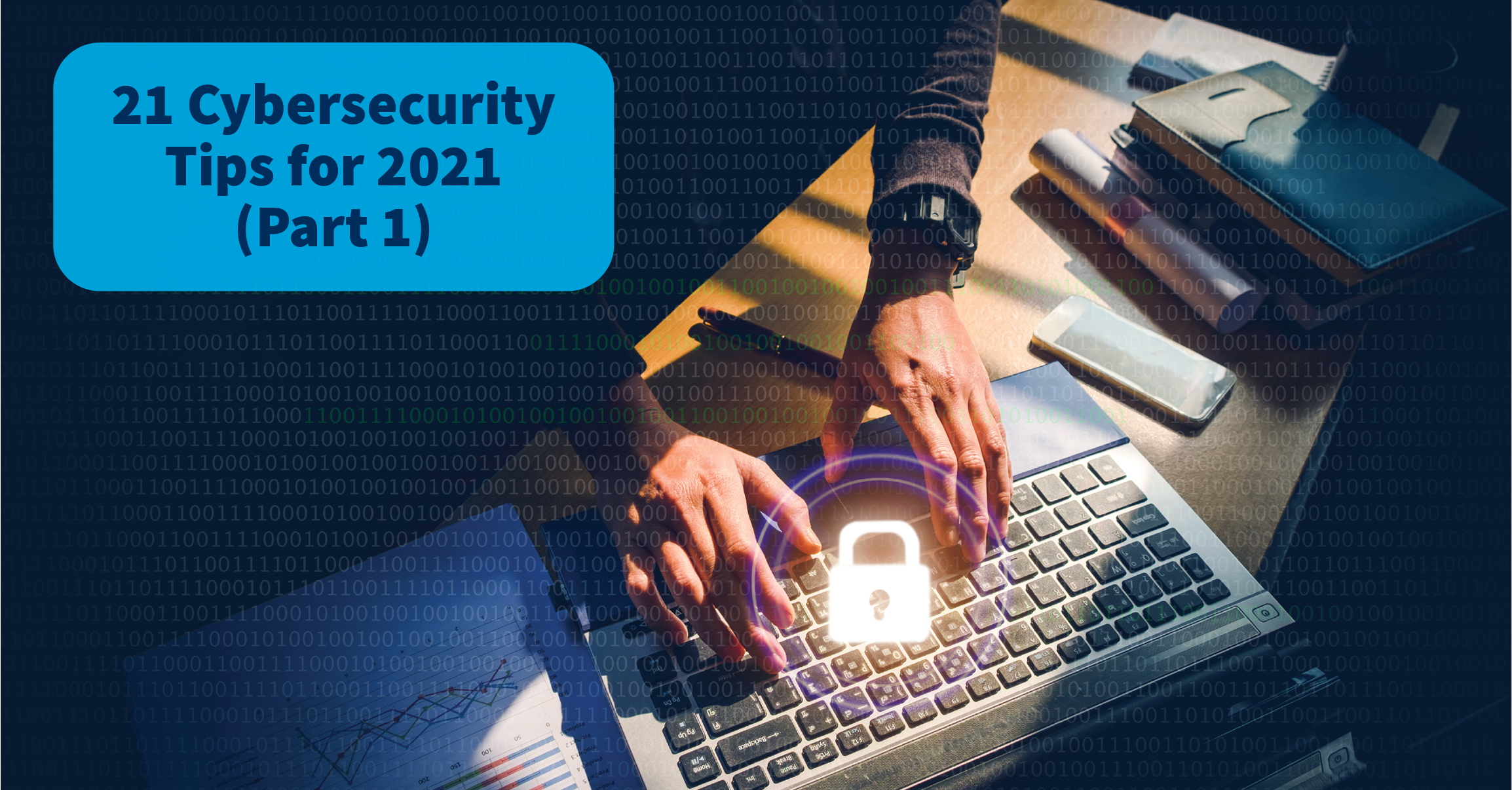In the previous installment of this blog series, we shared seven cybersecurity tips to prepare your organization for 2021. This blog post includes seven more tips to help protect your organization from cyber-attacks.
Read MoreTopics: Security, Cyber Security, Cyber Awareness, Ransomware
Organizations today have a multi-cloud presence. By that, I mean that on-premises data centers are no longer the standard in IT. Businesses require application mobility to meet the ever-increasing demand for data and information at light speeds, and thus it is very typical for an organization to have several deployments of multi-cloud data centers to fit these demands and needs. Software as a Service, Infrastructure as a Service, Unified Communications as a Service, Edge, and IoT Computing are just a few of the potential multi-cloud deployments, on top of the on-premises and co-located data centers in different regions and geo-locations.
Read MoreTopics: Cloud, Security, Cyber Security, Data Protection, Cyber Recovery
2020 has been a groundbreaking year on many fronts. Unfortunately, the majority of them have not been good ones. On October 28, 2020, the FBI, HHS, and CISA jointly reported on an imminent threat to healthcare organizations (the Health and Public Health Sector) surrounding the Ryuk variant of ransomware and other malware most recently seen accompanying it. “We are experiencing the most significant cybersecurity threat we’ve ever seen in the United States,” said Charles Carmakal, Chief Technical Officer of the cybersecurity firm Mandiant, in a statement.
Read MoreTopics: Security, Cyber Security, Cyber Awareness, Ransomware
The Healthcare sector (often known as Healthcare and Public Health, or HPH) is currently under an all-out cyber-attack, again focused on hospitals and ransomware gangs of cybercriminals.
Read MoreTopics: Cyber Security, Cyber Recovery, Ransomware
Campus Security
We ask our educators to do a lot. The threat of school violence on campus and from remote sources has district decision-makers needing answers. Risks need to be identified, with consideration given to protecting the student wherever they are. Security needs to be conducted in a way that doesn’t feel like a prison. What’s more, innovation with physical security provide new feature sets only possible on IP networks ⏤ meaning that IT teams now have partial or new responsibility for physical security. ConvergeOne coordinates a mix of digital applications to shield against/respond to threats and other hazards. Key areas of focus include:
Topics: Security, Cyber Security, Remote Working, Modern Classroom, K-12 Education
In today’s pandemic times, we are finding more and more customers and end users are working remotely from home. This requires users to access a number of devices, including laptops and tablets, while at home. Is this secure? Absolutely not.
Read MoreTopics: Data Center, Cyber Security, Remote Working, Business Continuity
In my previous blog post, I promised more guidance on the next steps to consider taking now, while the pandemic is still upon us. Here are eight actions CISOs should consider taking.
Read MoreTopics: Cyber Security, COVID-19
Topics: Cyber Security, Cyber Recovery, Business Continuity
Given the already-expanded attack surface, in my estimation it is never too early to look at lessons learned from the pandemic—and there certainly isn’t a shortage of teachable moments, right from the top down. Here are eight lessons for Directors of Security and CISOs whose organizations and livelihoods have been imperiled by the pandemic.
Read MoreTopics: Cyber Security, COVID-19
In the last blog post in this series, we explored the first three steps to delivering an excellent and secure customer experience: starting with a CISO, involving senior leadership, and adopting a risk-based approach. In this blog post, we’ll pick up where we left off and explore the final three steps.
Read MoreTopics: Customer Experience, Cyber Security











